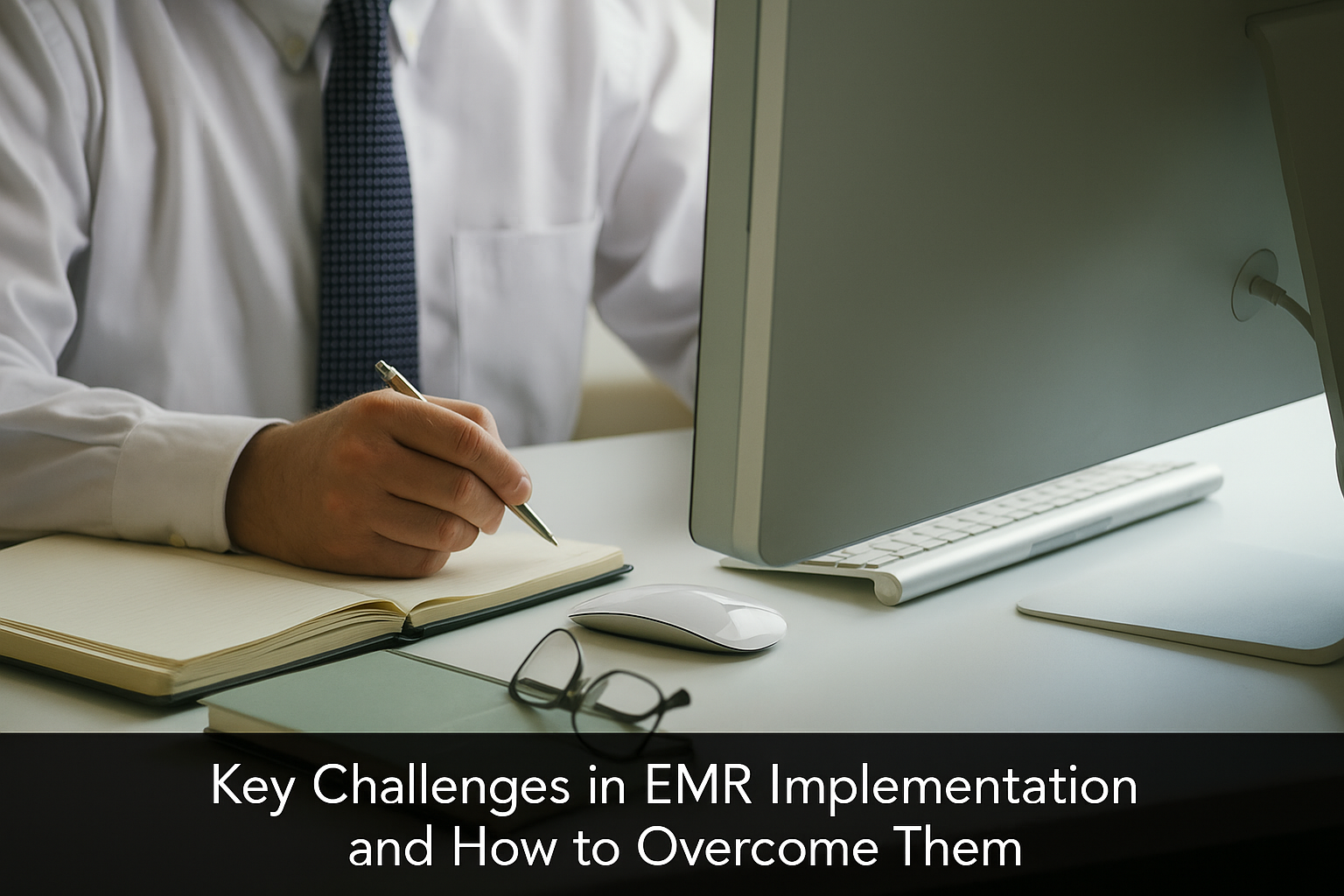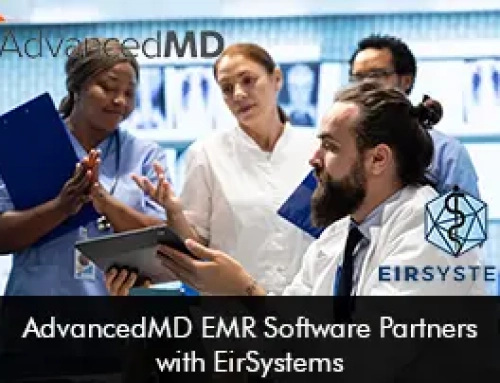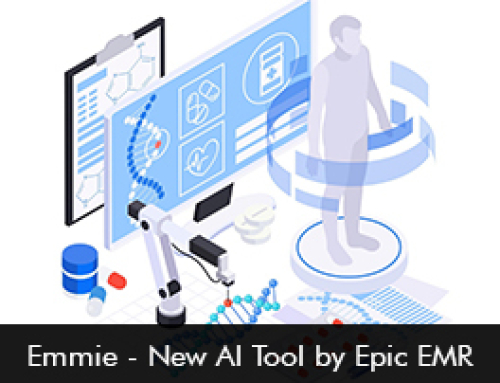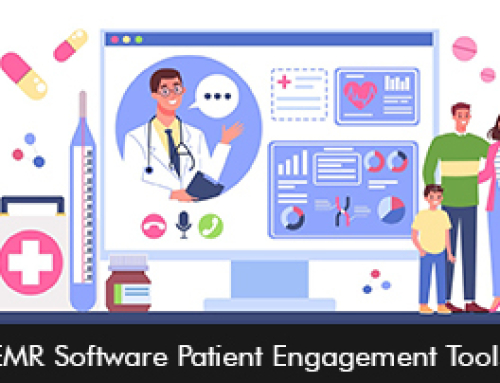In today’s healthcare landscape, Electronic Medical Records (EMRs) are no longer optional – they’re essential. From improving patient care to streamlining administrative processes, EMRs offer numerous advantages. However, implementing an EMR system isn’t always a smooth ride. Many healthcare organizations face significant hurdles during the transition. Understanding these challenges, and knowing how to tackle them, can make all the difference.
1. Resistance to Change
The Challenge:
Healthcare professionals are often comfortable with traditional paper-based systems or legacy software. Shifting to a new EMR can feel disruptive, especially when it alters workflows or demands new skill sets.
The Solution:
Start with strong change management. Engage your staff early, communicate the benefits clearly, and provide continuous support. Involve end-users in the selection and implementation process to increase buy-in.
2. Training and Usability Issues
The Challenge:
Even the most advanced EMR system is only as good as the people using it. If users find the interface confusing or unintuitive, productivity and patient care can suffer.
The Solution:
Invest in thorough, role-specific training and offer ongoing support. Choose an EMR that emphasizes user experience (UX) and consider customizations that align with your team’s workflow.
3. Data Migration
The Challenge:
Transferring patient data from paper records or older digital systems can be time-consuming and error-prone. Incomplete or inaccurate data migration can cause clinical risks and compliance issues.
The Solution:
Plan the data migration process carefully. Audit your existing data, clean it up where needed, and work with vendors or IT experts to ensure accurate and secure migration. Always test the system thoroughly before going live.
4. Cost Concerns
The Challenge:
EMR implementation isn’t cheap. Between software licensing, hardware, training, and potential downtime, costs can add up quickly.
The Solution:
Approach implementation as a long-term investment. Look for scalable solutions that fit your current needs but can grow with your practice. Explore government incentives or grants where available, and consider cloud-based options to reduce infrastructure costs.
5. Integration with Other Systems
The Challenge:
EMRs must communicate with billing systems, labs, pharmacies, and other health IT tools. Poor integration leads to fragmented data and inefficiencies.
The Solution:
Choose an EMR with robust interoperability features and strong API support. Work closely with IT to map out integration points and test thoroughly. Seamless data exchange is key to maximizing your EMR’s value.
6. Maintaining Compliance and Security
The Challenge:
Handling sensitive patient data comes with serious legal and ethical responsibilities. A single breach or compliance failure can be devastating.
The Solution:
Ensure your EMR system complies with HIPAA and other relevant regulations. Implement strong access controls, encryption, and regular audits. Cybersecurity training for staff is also critical.
Final Thoughts
Implementing an EMR system is a complex but rewarding journey. By identifying potential roadblocks early and preparing proactive solutions, healthcare organizations can set themselves up for success. With the right planning, communication, and technology partners, EMR implementation can lead to more efficient operations, improved patient care, and a more connected healthcare ecosystem.








